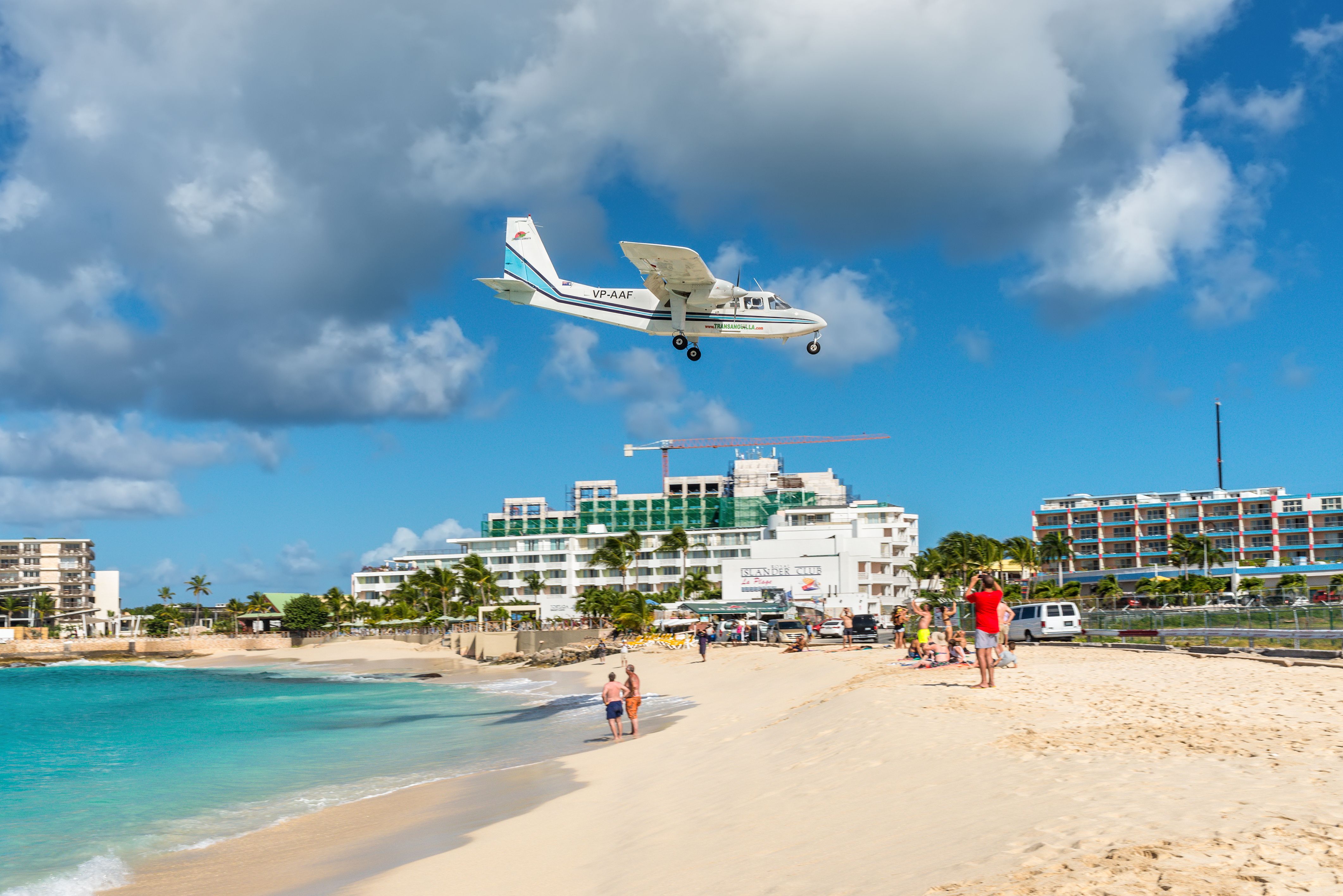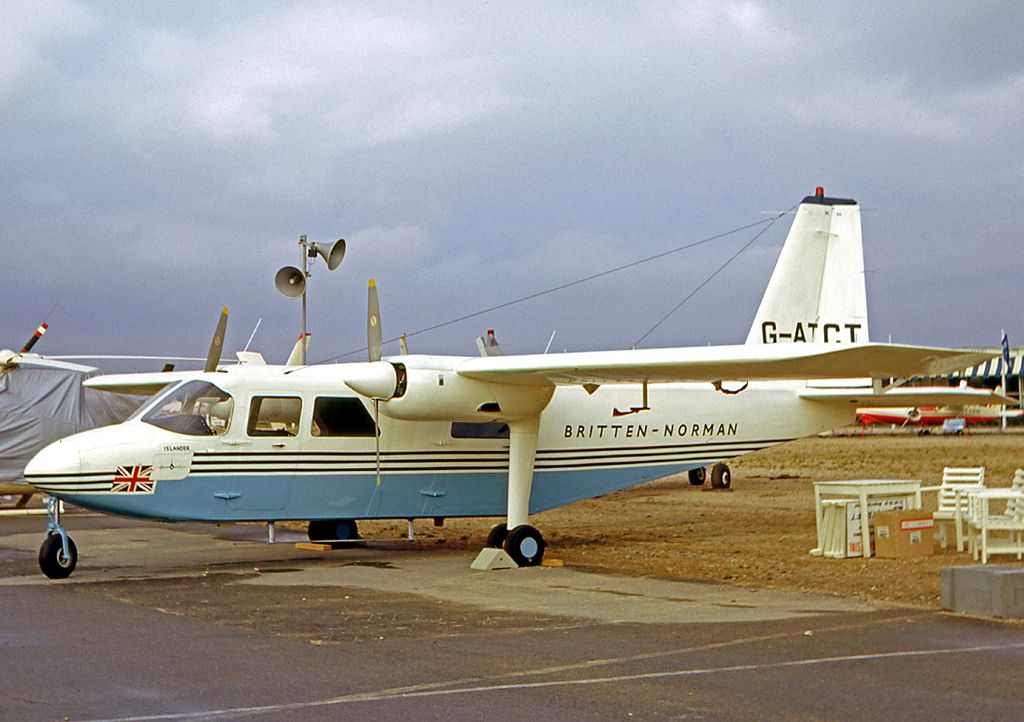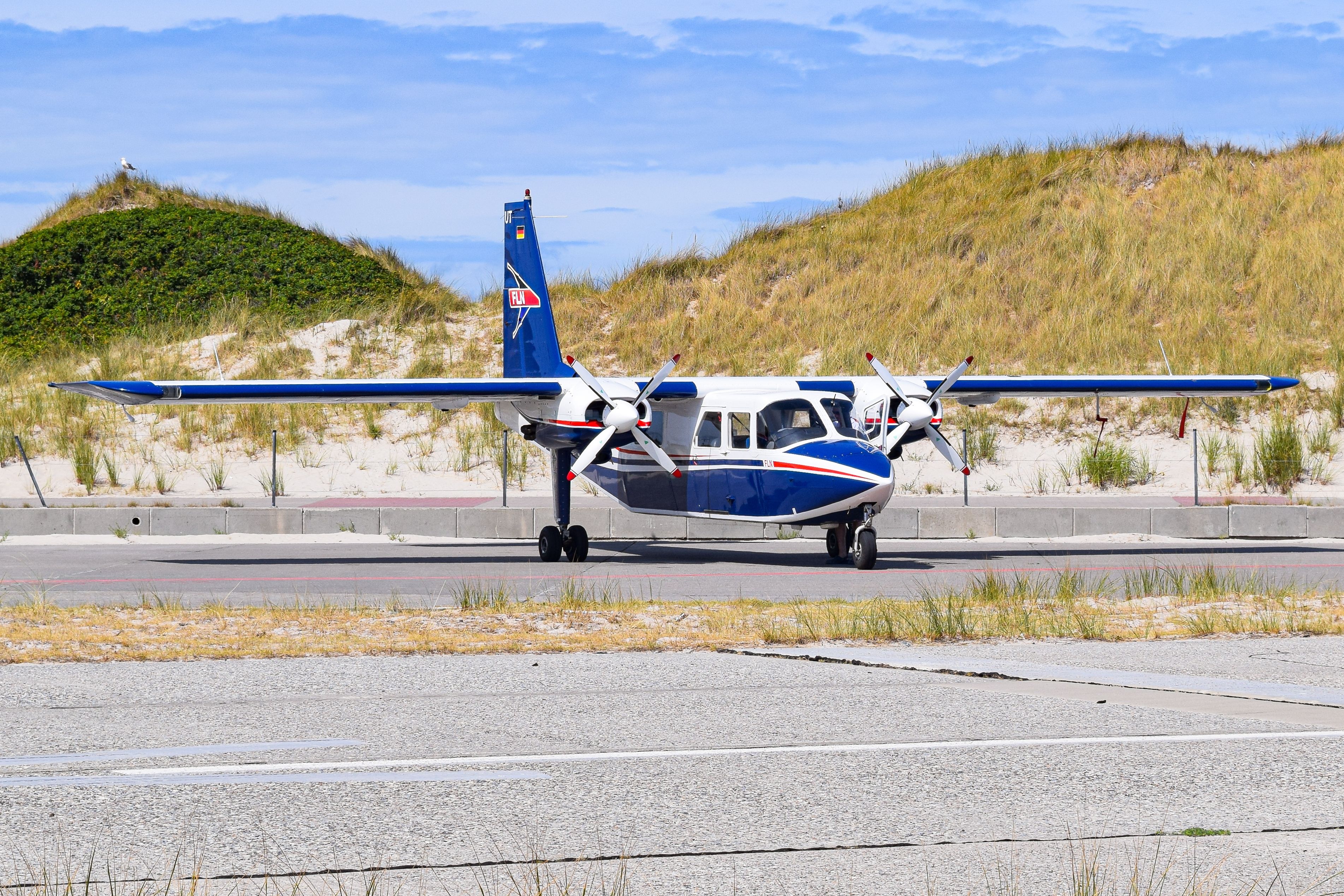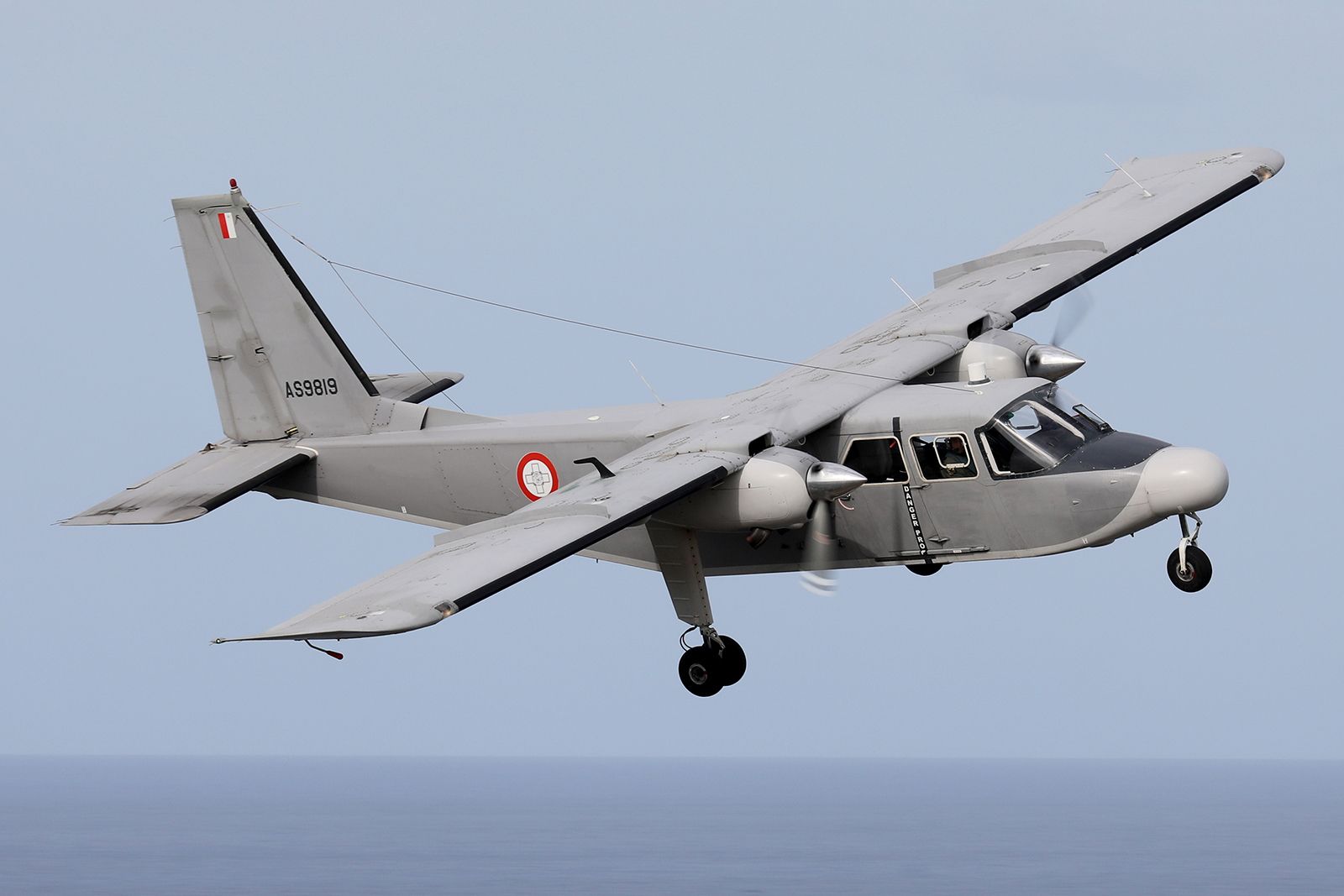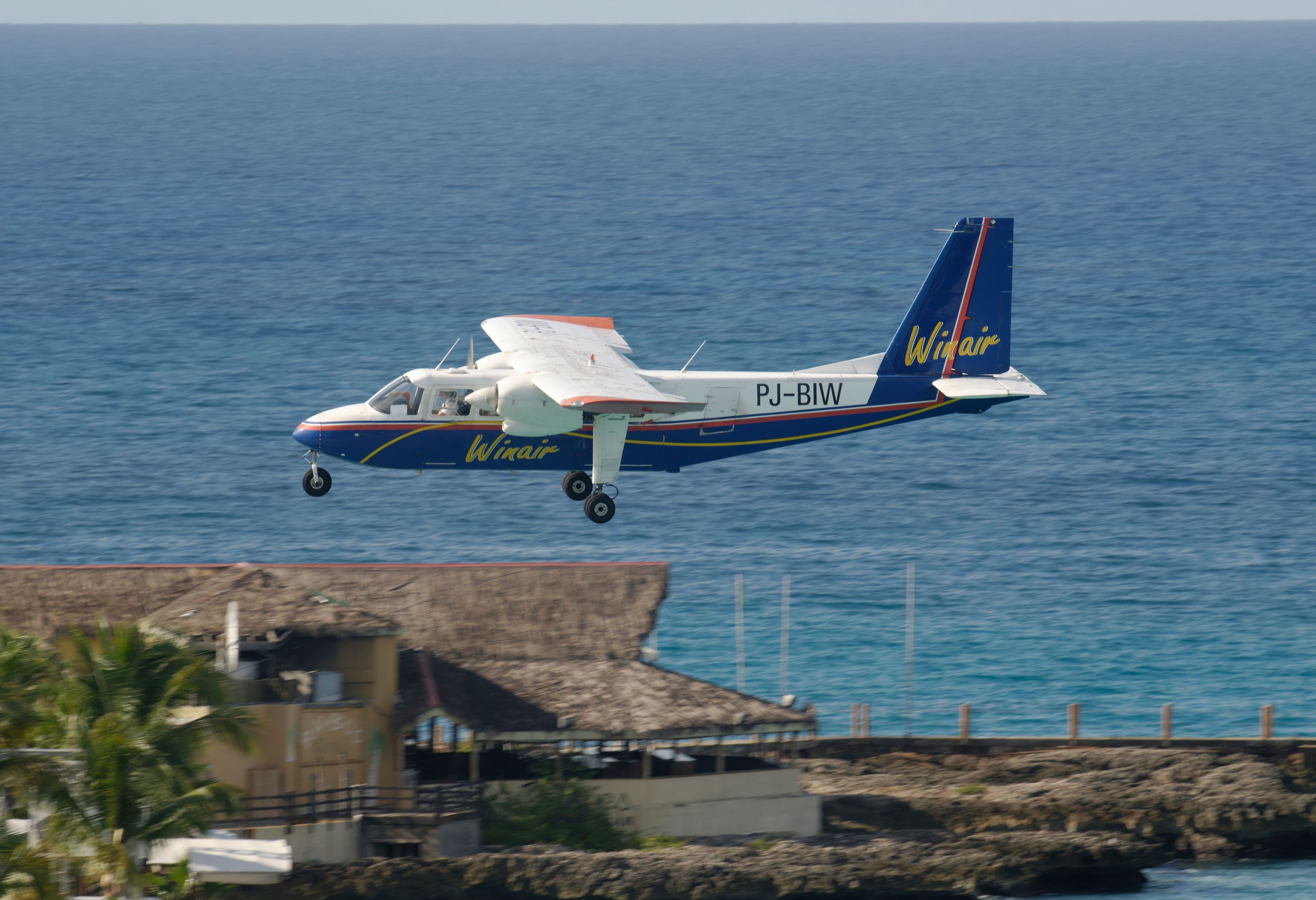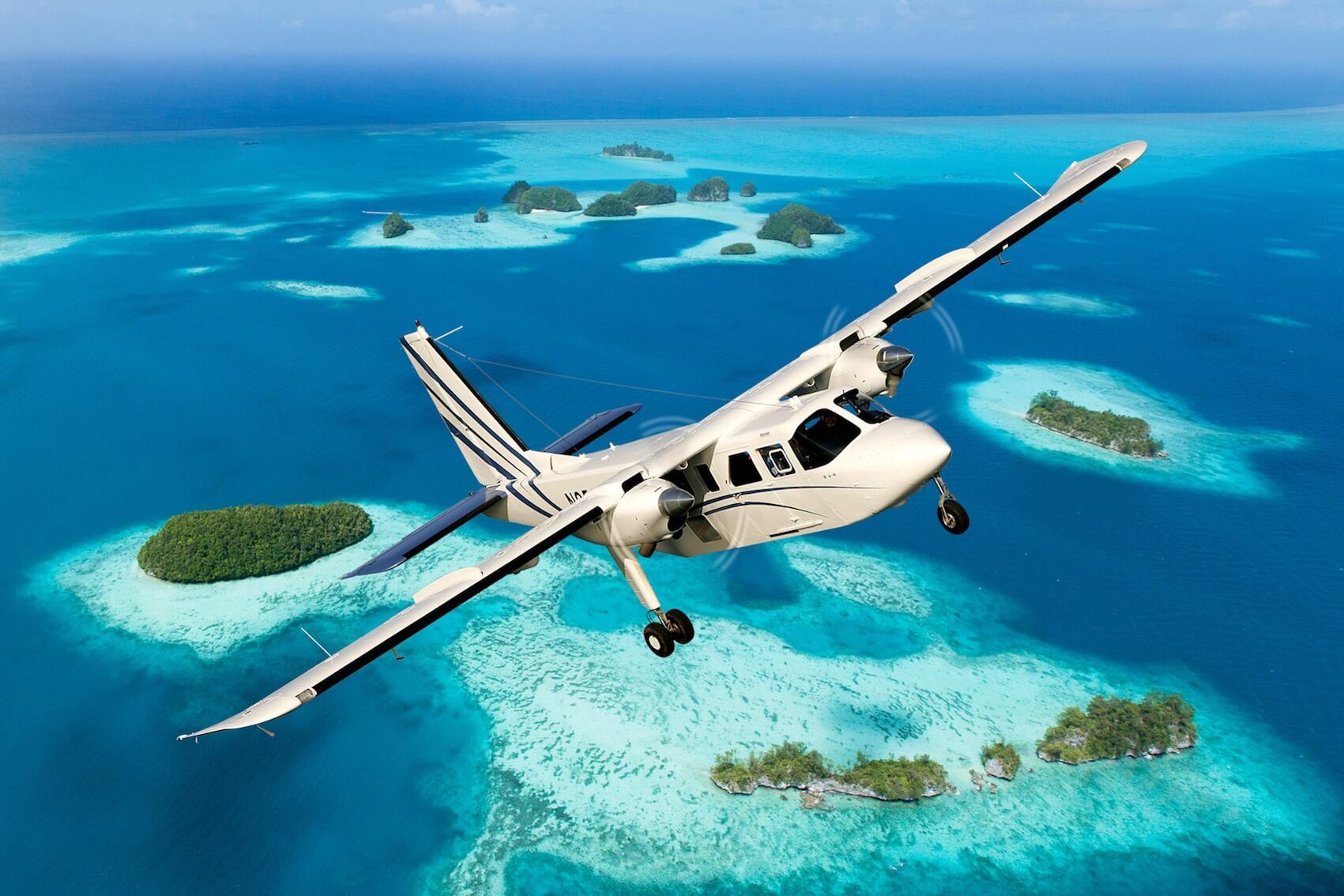Today marks the 58th anniversary of the Britten-Norman Islander's first flight. Powered by a pair of Royce/Continental IO-360B piston engines, the prototype BN-2 Islander was displayed to the world four days later at the Paris Air Show. Almost six decades later, almost 1,300 examples of the type have been built.
The Islander in a nutshell
The Britten-Norman BN-2 Islander is a high-wing cantilever monoplane powered by two-piston and later turboprop engines. The rectangular fuselage and rugged tricycle landing gear allow it to perform many tasks. The plane can accommodate a single pilot and nine passengers when fitted out as a commuter aircraft.
Love aviation history? Discover more of our stories here!
Calling it "the world's most versatile aircraft," Britten-Norman always promoted the aircraft's low operating costs, minimal maintenance, and flight stability as the plane's major selling points. But how exactly did it come about?
How the aircraft came to be
Two years prior to the type's first flight, founders John Britten and Desmond Norman sensed that there would be a demand for an inexpensive twin-piston engine aircraft. Their belief in this notion was the rapid growth they had observed in the commuter airline sector. They determined that the payload was the essential factor these small regional airlines were looking for rather than range or speed.
The first prototype of the Islander took to the skies for its maiden test flight 58 years ago today, on June 14th, 1965. The company also produced a second prototype Islander aircraft, although this didn't leave the ground until August 1966. After this, production of the plane on a commercial scale ramped up in earnest.
Get the latest aviation news straight to your inbox: Sign up for our newsletters today!
As a result of this, a key milestone occurred on April 24th, 1967, when the first Britten-Norman BN-2 Islander production aircraft performed its maiden flight. The plane achieved United Kingdom certification four months later, followed by United States airworthiness certification in December 1967. The Islander was ready.
Production moved to Romania
Initially, the plane was built at the Britten-Norman factory at Bembridge on the Isle of Wight. However, with the aircraft so in demand, the site could not make the plane fast enough. The solution to the problem was to have the aircraft built in kit form overseas, and then send it back to the United Kingdom for final assembly.
Britten-Norman signed an agreement with Romanian aerospace company Intreprinderea de Reparatii Material Aeronautic (IRMA) to undertake the manufacturing. The Bucharest-based company proved to not only be economically successful at building the Islander, but also rather diligent. Indeed, at peak capacity, IRMA's facilities were churning out between 30 and 40 planes a year.
IRMA ultimately proved to be so adept at manufacturing the Islander that, from 1977 onwards, all Britten-Norman BN-2 Islanders were built in Romania.
A military version was also produced
Because of the Islanders' success, Britten-Norman came up with a military version of the plane that could be used for light troop transport and support aircraft duties. Marketed as the Britten-Norman Defender, the plane's rugged construction and simplicity made it ideal for operations in less developed countries
Despite the plane's success, Britten-Norman had financial difficulties that ultimately led to the company entering receivership. However, seeing the company's value and the Islander order book, the Fairey Aviation Group stepped in.
Following this move, the company immediately transferred all manufacturing to its Avions Fairey factory in Gosselies, Belgium. Completed Islanders were then flown to Bembridge for final customer preparation and delivery.
Manufacturing moved back to the UK
Looking to develop the Islander further, Fairey Aviation set about the development of a turboprop-powered aircraft. This became known as the BN-2T, and it was equipped with a pair of Allison Model 250 turboprop engines.
Just like Britten-Norman, Fairey ran into financial difficulties and ended up being bought by Oerlikon-Bührle of Switzerland. Now operating as Pilatus Britten-Norman, much of the manufacturing was sent back to the Isle of Wight.
Having been in production for almost 60 years, close to 1,300 Britten-Norman BN-2 Islanders have been built, across all variants. According to Britten-Norman, the aircraft's standard passenger configuration seats nine people, but the company also offers an executive layout for between four and eight passengers. Other uses for the type include special mission, freight, and air ambulance flights.
Sources: AINonline, Britten-Norman

